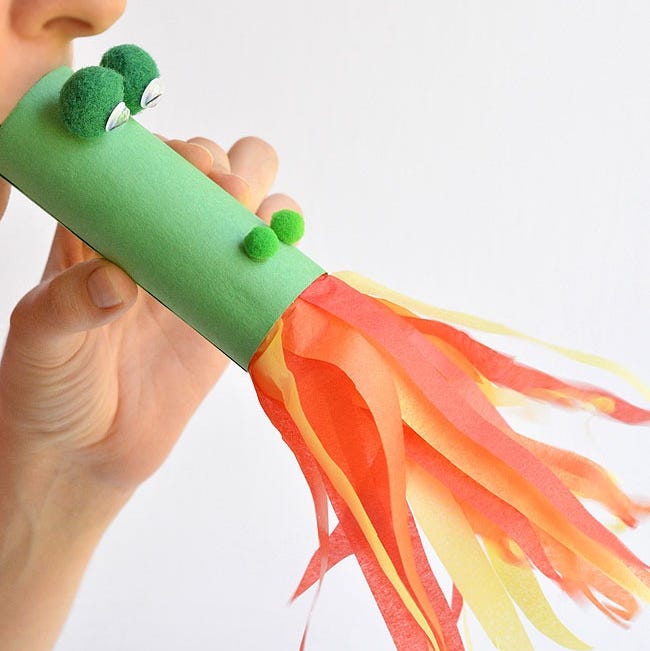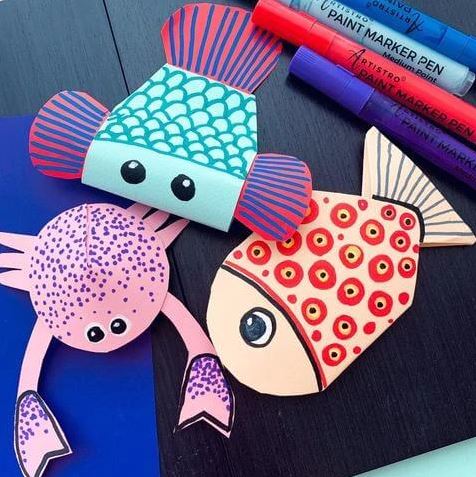Creative Play with Everyday Items: Unique Activity Ideas for Kids
Creative Play with Everyday Items: Unique Activity Ideas for Kids
Keeping kids entertained and creatively engaged doesn’t always require fancy toys or expensive supplies. In fact, everyday household items can be transformed into exciting play materials that spark imagination and problem-solving skills. In this post, we’ll explore innovative ways to use common items around the house to create fun and educational activities for children.
1. Why Use Everyday Items for Play
Utilizing everyday items for creative play offers numerous benefits:
- Cost-Effective: No need to buy expensive toys or materials.
- Encourages Imagination: Transforming objects into playthings fosters creativity.
- Skill Development: Enhances fine motor skills, problem-solving, and coordination.
- Environmental Awareness: Encourages reusing and repurposing household items.
2. Top 10 Creative Play Ideas Using Everyday Items
2-1. Cardboard Box Fort
- Materials: Large cardboard boxes, markers, scissors, tape.
- How to Play:
- Cut doors and windows into the box.
- Decorate with drawings and stickers to make a pretend house or castle.
- Benefits:
- Promotes spatial awareness and imaginative play.
- Enhances creativity and fine motor skills.
2-2. Sock Puppets
- Materials: Old socks, buttons, yarn, glue.
- How to Play:
- Create puppet characters by decorating socks.
- Perform a puppet show with imaginative stories.
- Benefits:
- Develops storytelling skills and hand-eye coordination.
- Boosts social interaction and confidence.
2-3. Kitchen Band
- Materials: Pots, pans, wooden spoons, plastic containers.
- How to Play:
- Create a band by drumming on various items.
- Experiment with sounds and rhythms.
- Benefits:
- Builds musical rhythm and coordination.
- Encourages self-expression through sound.
2-4. Scarf Dance
- Materials: Lightweight scarves or fabric pieces.
- How to Play:
- Dance with the scarves, tossing them into the air and catching them.
- Use music to inspire different movements.
- Benefits:
- Improves gross motor skills and coordination.
- Enhances rhythm and creative movement.
2-5. DIY Obstacle Course
- Materials: Cushions, blankets, chairs, tape.
- How to Play:
- Set up a simple obstacle course around the living room.
- Include crawling, jumping, and balancing challenges.
- Benefits:
- Promotes physical fitness and problem-solving.
- Encourages teamwork and cooperation.
2-6. Mystery Box Challenge
- Materials: A box with a hole, various textured objects.
- How to Play:
- Put objects inside and let kids guess what they are by touch.
- Benefits:
- Enhances sensory perception.
- Encourages descriptive language and critical thinking.
2-7. Homemade Bowling
- Materials: Empty plastic bottles, soft ball.
- How to Play:
- Set up bottles like bowling pins and knock them down with the ball.
- Benefits:
- Improves coordination and aim.
- Offers a competitive and fun activity.
2-8. Shadow Puppets
- Materials: Flashlight, hands or cut-out shapes.
- How to Play:
- Shine a light on the wall and create shadows using hands or paper cutouts.
- Make shadow stories or animal shapes.
- Benefits:
- Encourages creativity and storytelling.
- Introduces concepts of light and shadow.
2-9. DIY Balance Beam
- Materials: Tape, straight line on the floor.
- How to Play:
- Walk along the taped line without falling off.
- Add challenges like balancing on one foot or walking backward.
- Benefits:
- Develops balance and coordination.
- Strengthens core muscles.
2-10. Bottle Cap Stamps
- Materials: Bottle caps, foam shapes, paint.
- How to Play:
- Glue foam shapes to bottle caps and dip them in paint to stamp patterns.
- Benefits:
- Enhances fine motor skills.
- Encourages artistic expression and pattern recognition.
3. Tips for Making Everyday Play Fun and Safe
3-1. Supervise Creativity
- Be present during crafting or physical activities to ensure safety.
3-2. Encourage Imagination
- Let children come up with their own ideas for how to use the materials.
3-3. Keep It Low-Cost and Simple
- Use what you already have at home to minimize expenses.
4. Final Thoughts
Playing with everyday items not only sparks creativity but also nurtures essential developmental skills. Whether it’s building forts from boxes or making music with kitchenware, these activities provide endless opportunities for learning and fun. Try out some of these ideas today and watch your child’s imagination come to life!
Related Keywords
Creative play ideas for kids USA, using household items for play, indoor games for children, DIY play activities, imaginative play at home
Amazon best seller







Comments